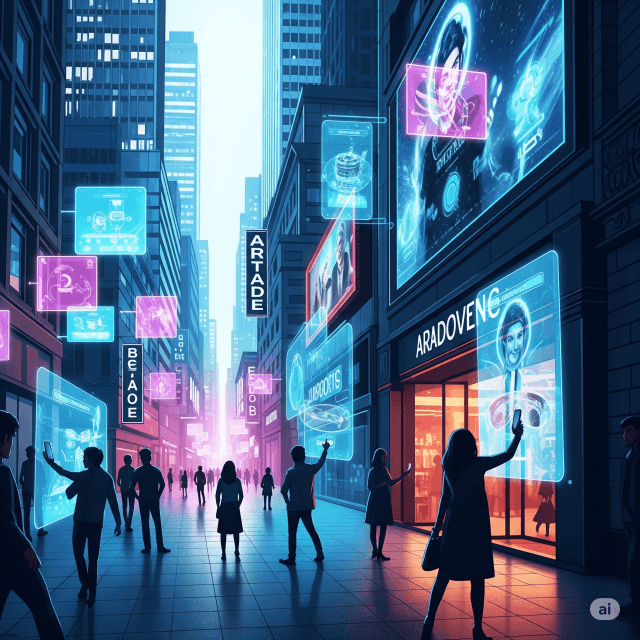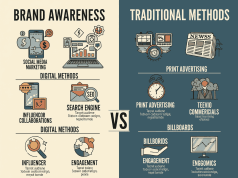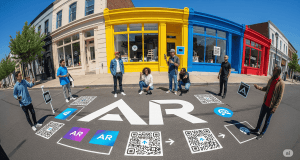In a rapidly evolving digital landscape, Augmented Reality (AR) is emerging as a powerful tool that is revolutionizing the way businesses engage with consumers. This technology overlays digital information onto the real world, providing immersive experiences that captivate attention and drive consumer interaction in ways traditional advertising cannot. As AR technology matures, its impact on advertising strategies and consumer behavior is becoming increasingly evident.
Understanding Augmented Reality
AR involves the integration of digital content—such as images, videos, or 3D models—into the user’s real-world environment, viewed through devices like smartphones, tablets, or AR glasses. This contrasts with Virtual Reality (VR), which immerses users in a completely simulated environment. By blending the physical and digital worlds, AR creates interactive experiences that enhance consumer engagement.
The Consumer Experience: Immersion and Interaction
One of the most significant advantages of AR in advertising is its ability to create immersive experiences. Advertisements no longer need to rely solely on static images or videos; instead, brands can invite consumers to interact with their products in innovative ways. For example:
Virtual Try-Ons: Retailers like Sephora and Warby Parker use AR to enable customers to virtually try on makeup or glasses via their mobile apps. This not only enhances the shopping experience but also helps reduce returns by allowing consumers to see how products will look before making a purchase.
Interactive Product Demonstrations: Brands such as IKEA have developed AR applications that let customers visualize how furniture would look in their homes. By simply scanning a room, consumers can place virtual furniture items to assess fit and style, significantly influencing purchasing decisions.
- Engagement Through Gamification: Companies like Pepsi have launched AR campaigns that incorporate gamification elements, encouraging users to interact with products in a fun way. For instance, Pepsi’s AR-enabled ads allowed users to engage in challenges, earning rewards for participation, thereby boosting brand loyalty.
The Benefits for Brands
The integration of AR in advertising yields numerous benefits for brands:
Enhanced Engagement: AR transforms passive viewers into active participants, increasing engagement rates. Consumers who interact with AR content are more likely to remember the brand and its message.
Data-Driven Insights: AR campaigns can provide valuable data on consumer behavior, preferences, and interactions. Marketers can analyze how users engage with their AR experiences, refining future campaigns based on these insights.
- Improved Conversion Rates: By offering a more interactive and personalized shopping experience, brands can significantly increase conversion rates. When consumers can experience a product virtually, they are more likely to make a purchase.
Challenges and Considerations
While the potential for AR in advertising is vast, there are challenges to consider:
Technology Accessibility: Not all consumers have access to the latest smartphones or AR-compatible devices, which can limit engagement opportunities.
User Experience: Poorly designed AR experiences can lead to frustration. Brands must prioritize user experience, ensuring that interactions are seamless and enjoyable.
- Privacy Concerns: As AR technology collects user data for personalization, brands must be transparent about data usage practices to maintain consumer trust.
The Future of Augmented Reality in Advertising
The future of AR in advertising is bright, with continuous advancements in technology poised to enhance its capabilities. As AR becomes more accessible and integrated into everyday life, brands that embrace this technology will likely lead the charge in innovative marketing strategies.
As consumers increasingly seek personalized shopping experiences, the demand for AR will likely grow. From enhancing brand storytelling to offering customized interactions, the potential applications for AR in advertising are limitless.
In conclusion, the rise of Augmented Reality is transforming consumer interaction with advertisements, making experiences more engaging and personalized. As technology continues to advance, it will be fascinating to see how brands leverage AR to connect with consumers in meaningful and innovative ways, reshaping the future of advertising as we know it.









